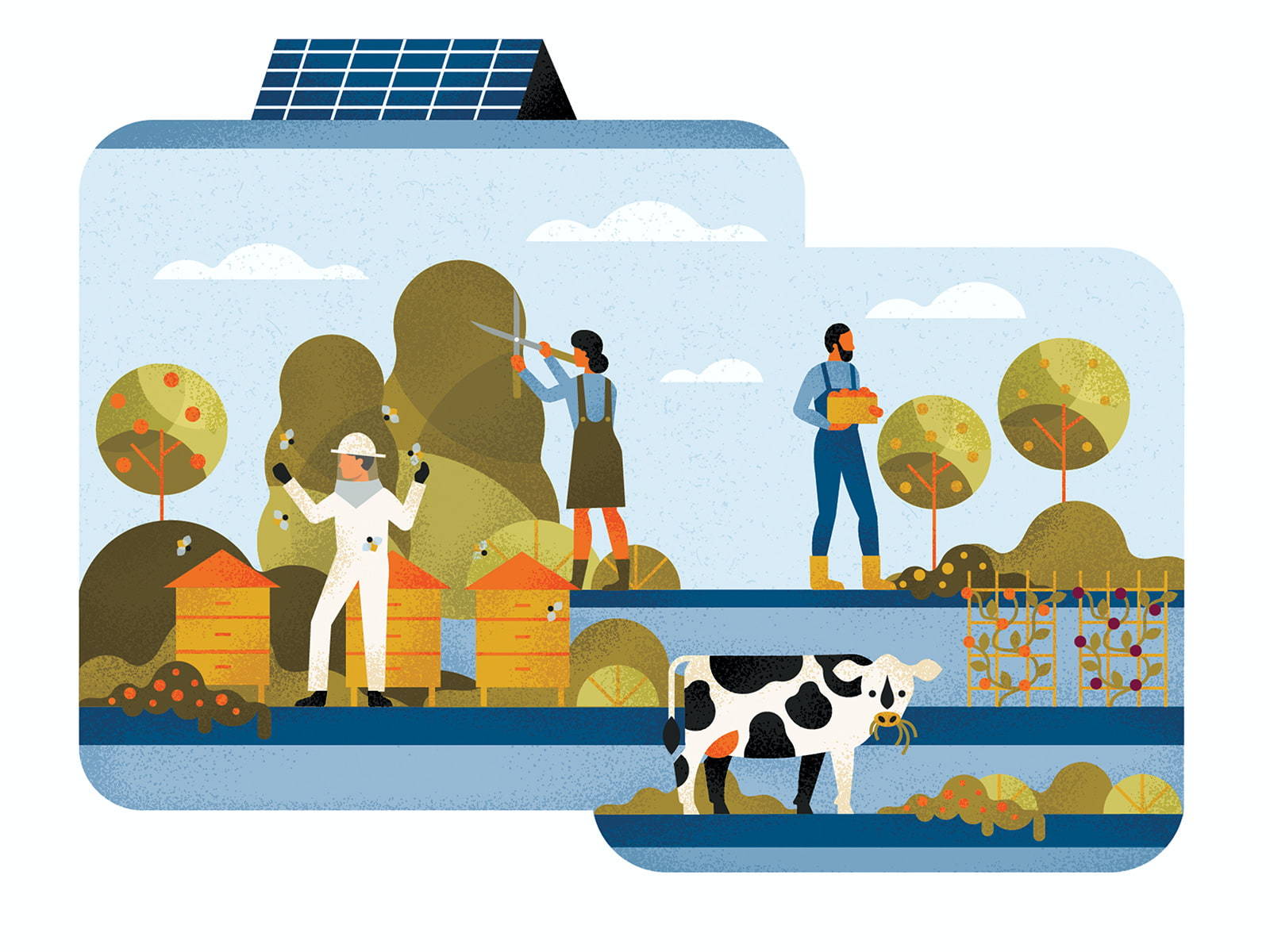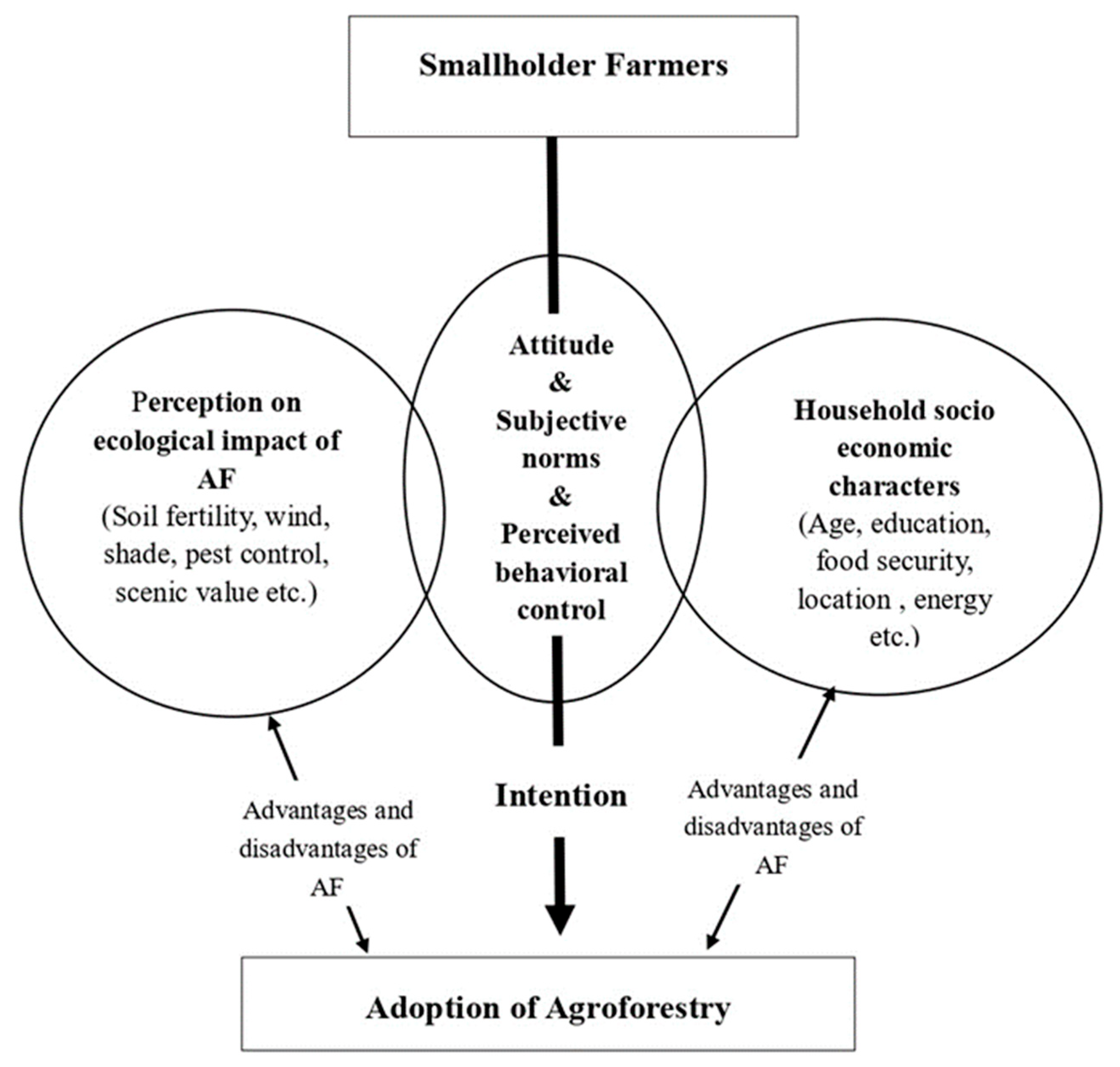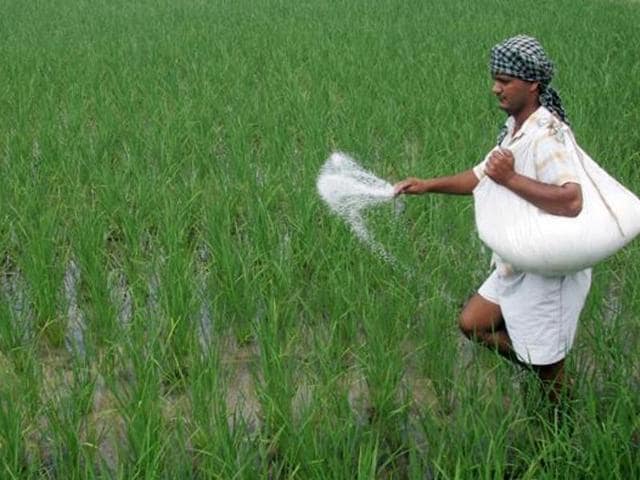Economic Opportunities in Agroforestry for Punjab Farmers

Agroforestry, a land management system that integrates trees with crops and/or livestock, offers significant economic benefits to farmers in Punjab. Here are key opportunities:

1. Diversification of Income Sources:

- Agroforestry allows farmers to diversify their income streams by introducing additional products from trees, such as fruits, nuts, timber, and fuelwood.
- This reduces dependency on traditional crops and buffers against market fluctuations.
2. Increased Productivity:
- Agroforestry practices, such as alley cropping and windbreaks, can enhance crop yields by improving soil health, regulating moisture, and providing shelter.
- Trees also improve water infiltration and reduce erosion, preserving soil fertility.
3. Premium Prices for Wood Products:
- Punjab is facing a growing demand for high-quality wood products.
- Agroforestry systems can provide a sustainable source of timber, firewood, and biomass for industrial and domestic use, fetching premium prices.
4. Value-Added Products:
- Agroforestry enables farmers to process harvested products from trees into value-added products, such as honey, essential oils, and medicinal extracts.
- These products command higher margins and expand market opportunities.
5. Carbon Sequestration Incentives:
- Agroforestry practices contribute to carbon sequestration, which is increasingly recognized and rewarded through carbon credits.
- Farmers can generate additional income by participating in carbon offset programs.
6. Agroforestry-Based Tourism:
- Scenic agroforestry landscapes can be converted into tourist attractions, offering opportunities for nature retreats, outdoor recreation, and educational experiences.
- This diversifies farm income and promotes rural development.
Case Study:
- In Patiala district, Punjab, farmers have successfully integrated mulberry trees into their rice-wheat systems.
- Mulberry leaves provide additional income from sericulture (silk production), while trees enhance soil health and reduce waterlogging.
- This diversified agroforestry model has led to a significant increase in farm profitability.
Government Support:
The Punjab government provides various incentives to encourage agroforestry adoption:
- Financial assistance for tree planting and establishment
- Technical guidance and training
- Market linkages for agroforestry products
- Carbon credit initiatives
Conclusion:
Agroforestry offers Punjab farmers a range of economic opportunities. By embracing agroforestry practices, farmers can diversify their income sources, increase productivity, access premium prices, develop value-added products, participate in carbon sequestration programs, and capitalize on tourism. Government support further enhances the viability of agroforestry as a sustainable and profitable land management system.## Economic Opportunities in Agroforestry for Punjab Farmers
Executive Summary
Agroforestry, an integrated system combining agriculture and forestry, presents a wealth of economic opportunities for Punjab farmers seeking to diversify their income sources and enhance agricultural productivity. This comprehensive guide explores the diverse benefits, key subtopics, and practical implementation strategies for agroforestry in Punjab, empowering farmers to harness its potential for improved financial stability and agricultural sustainability.
Introduction
Agriculture remains a cornerstone of Punjab’s economy, yet farmers face challenges of declining incomes and environmental degradation. Agroforestry emerges as an innovative solution, merging agricultural practices with tree-based systems to create a sustainable and economically viable farming model. Through this approach, farmers can generate additional income, improve soil health, and contribute to ecological conservation.
FAQs
- What is agroforestry?
Agroforestry integrates agriculture and forestry practices, combining crops, livestock, and trees to enhance land productivity and ecological balance.
- Why is agroforestry beneficial for Punjab farmers?
Agroforestry offers multiple benefits, including increased income through diversification, improved soil health, reduced soil erosion, increased carbon sequestration, and enhanced biodiversity.
- How can Punjab farmers implement agroforestry?
Farmers can initiate agroforestry by planting trees alongside crops, integrating livestock into grazing systems, and establishing intercropping arrangements that combine tree species and agricultural plants.
Key Subtopics of Agroforestry in Punjab
Tree Species Selection
Selecting appropriate tree species is crucial for successful agroforestry. Consider factors such as:
- Compatibility with crops: Choose trees that do not compete with crops for nutrients or sunlight.
- Market value: Select trees with high economic value to generate additional income.
- Environmental benefits: Opt for trees that improve soil health, reduce erosion, and sequester carbon.
Intercropping and Multi-Story Cropping
Integrating trees into existing cropping systems is a core agroforestry practice. Consider:
- Intercropping: Planting trees alongside crops to enhance productivity and soil health.
- Multi-story cropping: Using vertical space by planting trees over crops to maximize land use.
Silvopasture and Livestock Integration
Agroforestry systems can incorporate livestock to enhance productivity. Consider:
- Silvopasture: Grazing livestock under trees to improve animal health and forage quality.
- Integration of livestock: Using livestock manure to fertilize trees and crops, enhancing soil health.
Non-Timber Forest Products (NTFPs)
Agroforestry provides a range of non-timber forest products for additional income. Consider:
- Fruits and nuts: Growing trees that produce fruits and nuts for sale or home consumption.
- Medicinal plants: Cultivating trees with medicinal properties to sell to pharmaceutical companies.
- Wood products: Harvesting trees for timber, firewood, and other wood products.
Economic Benefits and Returns
Agroforestry offers significant economic benefits:
- Increased income: Diversifying income sources through NTFPs, livestock integration, and tree products.
- Reduced input costs: Trees provide natural fertilizers, shade, and pest control, reducing the need for external inputs.
- Enhanced soil health: Tree roots improve soil structure, increase water retention, and enhance nutrient availability.
Conclusion
Agroforestry presents a transformative opportunity for Punjab farmers to achieve economic prosperity and agricultural sustainability. By embracing this integrated farming system, farmers can diversify their income sources, improve soil health, and create a more resilient agricultural landscape. The key subtopics discussed in this guide provide a foundation for farmers to implement agroforestry practices and harness its full potential.
Keyword Tags
- Agroforestry
- Punjab Agriculture
- Economic Opportunities
- Sustainable Farming
- Diversified Income